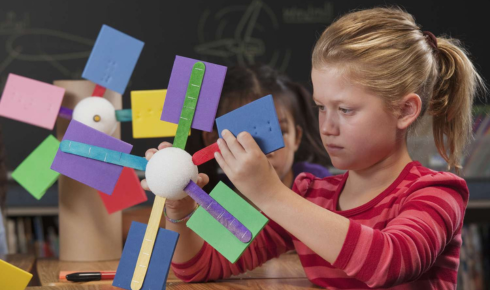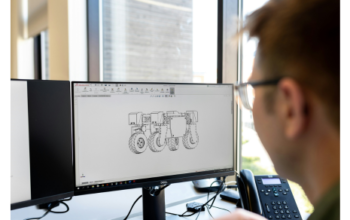Participating in a science fair is an exciting opportunity for students to explore their creativity, critical thinking, and scientific knowledge. One of the most important elements of any science fair project is the science model. A well-designed model not only demonstrates a concept clearly but also engages the judges and audience, making the experiment more impactful and memorable. Science models can range from simple physical structures to complex electronic devices, depending on the topic and the level of the participant.
Creating a science model requires planning, research, and hands-on experimentation. Students need to start by selecting a topic that interests them and has clear scientific principles behind it. Popular topics for science models include renewable energy, environmental science, robotics, chemical reactions, physics demonstrations, and human biology. Once the topic is selected, the next step is designing the model in a way that is visually appealing and scientifically accurate. A well-constructed model helps convey complex concepts in a simplified manner, which is crucial for engaging judges and viewers.
Science fairs also encourage students to explore innovative ideas and conduct real experiments. science fair experiments are designed to test hypotheses, observe outcomes, and draw meaningful conclusions. For example, students may investigate the effects of different fertilizers on plant growth, explore principles of magnetism, or create chemical reactions that demonstrate endothermic and exothermic processes. Conducting these experiments not only reinforces theoretical knowledge but also helps students develop practical skills such as measurement, observation, and data analysis.
One of the key aspects of science fair experiments is documenting the process thoroughly. Participants should maintain a detailed lab notebook that includes objectives, materials, procedures, results, and conclusions. This documentation allows judges to understand the methodology and the scientific reasoning behind the project. Additionally, presenting the data through charts, graphs, or digital visuals enhances the overall appeal of the project and makes complex information more accessible.
Using models in science fair experiments adds a unique dimension to the presentation. For instance, a model of the solar system can effectively demonstrate planetary motion, while a working model of a water filtration system can show principles of environmental science in action. Similarly, mechanical models can illustrate concepts like pulleys, levers, or energy transfer, making abstract ideas more tangible for both participants and the audience. Combining interactive models with experiment results creates a comprehensive presentation that captures attention and demonstrates mastery of the subject.
Safety is another crucial factor when creating science models and conducting experiments. Students should follow proper safety guidelines, especially when dealing with chemicals, electricity, or sharp objects. Wearing protective gear, handling materials carefully, and understanding potential hazards ensures a safe and successful science fair experience. Educators and mentors can play a significant role by guiding students in safety practices and providing support during the project development.
Participating in science fairs through models and experiments also helps students develop soft skills. They learn to communicate their ideas effectively, explain complex concepts in simple terms, and answer questions confidently. These skills are valuable not only in academic settings but also in everyday life, fostering curiosity, confidence, and problem-solving abilities.
In conclusion, combining a creative science model with well-executed science fair experiments is an excellent way to make any project stand out. These projects provide hands-on learning, encourage critical thinking, and allow students to explore scientific concepts in an engaging and interactive way. Whether for a classroom competition or a regional science fair, investing time in building an informative and visually appealing model, alongside thorough experiments, ensures a rewarding and educational experience that inspires a lifelong love for science.




